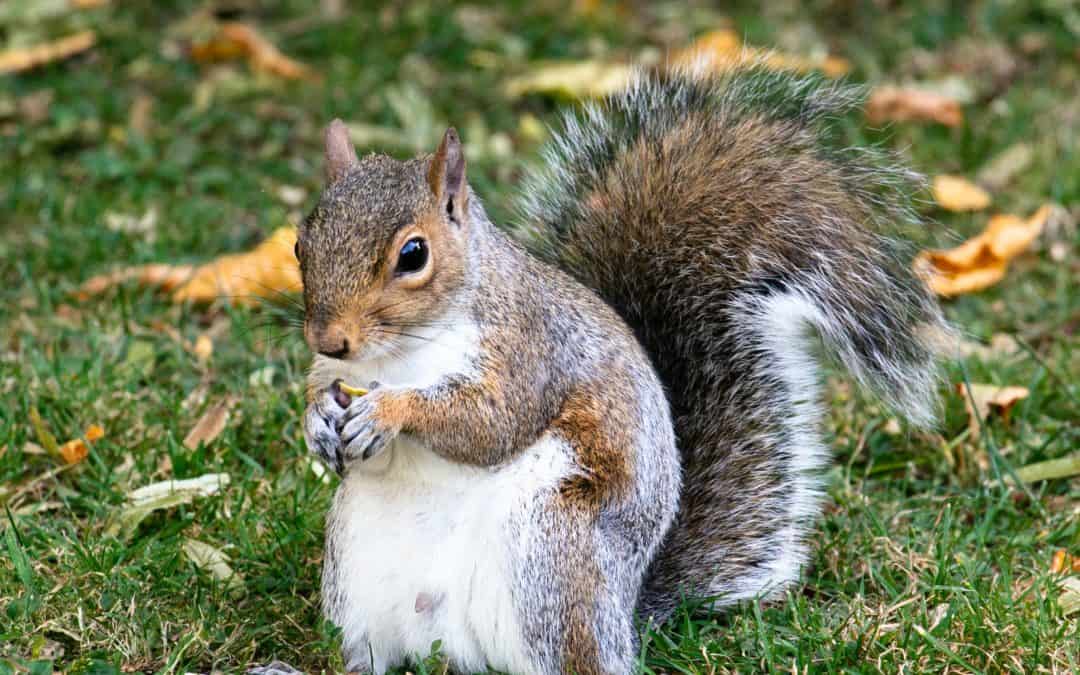No one likes dealing with pests in the house. It’s not entirely their fault, as more often than not the animals lived where your home sits long before that building was constructed. The fact of the matter is, though, that you live there, and you don’t want them in your home with you. Insects, rodents, and similar critters sneaking in for warmth, food, or shelter can create health hazards for people and pets. If you’ve discovered pests in the home, it’s recommended that you contact an expert like those at creatureremoval.com.
Once the pests are removed, the next step should be to make sure more don’t settle inside. Pest prevention is an important part of home ownership, and it should be taken seriously to ensure people and pets aren’t at risk from wandering rodents and the like.
Traps are one of the more common ways to prevent pests, though their use usually presumes that you already have them sniffing about. Using glue traps to get rid of mice is a common example, as are roach motels, spring traps for small rodents, or sticky traps for flies and wasps.
For more proactive rather than reactive prevention, it’s highly recommended that you inspect the home and seal up any openings that might have been used by the pests to sneak inside. Holes in the roof can allow squirrels and raccoons, cracks in the walls can let in insects or snakes if they’re large enough, and holes in screens can also let in insects. If you’ve already taken care of a pest problem, it’s a good idea to see if you can find how they got inside and seal it up for good. However, if you are looking for professional help, you should visit nycraccoon.com to learn more about the raccoon problem in NY.
Insects and small rodents are often attracted by food scraps, and the biggest source of food scraps is the kitchen. So make sure to keep the kitchen as clean as possible, and clean it regularly. That includes the pets dining area, as pests tend not to be too picky about what they eat. Dog food and an easy source of water are perfectly acceptable for some pests.
On that note, some pests, like roaches, can live an annoyingly long time without food, but need water to stay alive. If you have any leaky faucets or pipes, sealing them up can also help prevent pests from getting inside. If the home is humid, maybe consider a dehumidifier to help prevent the accumulation of moisture, as that can attract critters, too. So can a leaky roof.
The yard is part of the home, too, as people plagued by squirrels attacking bird feeders can attest. So make sure to keep the front and back yards tidy and organized, too. This is especially important in the autumn, as rodents and the like will be looking for nesting materials and places to hide out for the winter. That location could easily be your attic if you aren’t careful.
Firewood is another potential attraction for pests, especially termites and carpenter ants. Keep the wood away from the home, or at least not leaning against the wall. That might invite insects to sneak their way into the house, where they can cause very extensive and expensive damage.
Speaking of insects, humid and hot areas can be susceptible to mosquitoes, which are not only annoying but can also carry dangerous and deadly diseases. To keep them in check, remove any standing water from your property and consider encouraging dragonflies to live in your area, as they love to eat the little bloodsuckers.
If birds of prey live in your area, consider trying to attract them around your home so that they scare off squirrels and rabbits. If that’s not an option, putting up a fake decoy can work as well. You can also try and attract regular birds to deter other animals from trying to compete for food, though you run the risk of squirrels going for the bird feeder.
Dealing with pests doesn’t have to be reactive. You have options to make sure that they don’t move into your home. Whether they’ve come into your home and been removed or you want to make sure they don’t come in at all, there are plenty of options to prevent pests from getting inside your house.

Recent Comments